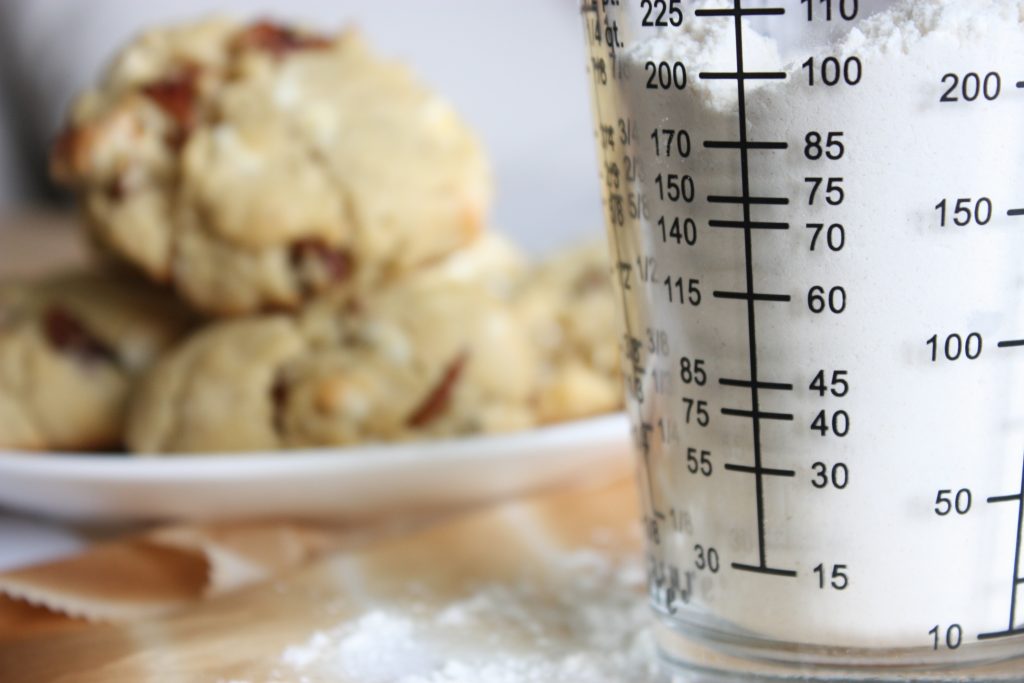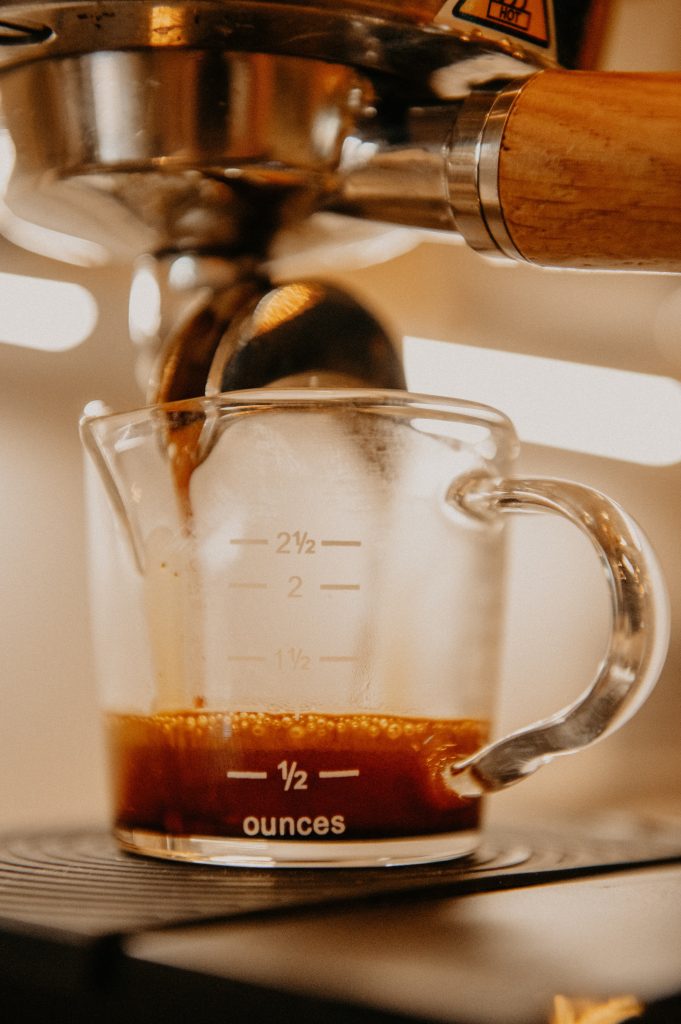Measuring cups are important tools in the kitchen, especially when it comes to baking and cooking. They help ensure that the correct amount of ingredients is used, which can have a significant impact on the final outcome of the recipe.
In this article, I will explore how many cups are in 500 ml, and provide a comprehensive guide to measuring cups.
How Many Cups is 500 ml?
500 ml is equivalent to 2.11338 cups. However, it is important to note that this measurement may vary slightly depending on the measuring cup being used. Measuring cups come in different sizes, so it is essential to use the correct one for the recipe being made.

Measuring Cups:
Measuring cups come in various sizes, including 1/4 cup, 1/3 cup, 1/2 cup, and 1 cup. Some measuring cups also include metric measurements, such as milliliters. When measuring ingredients, it is important to use the correct measuring cup and fill it to the appropriate level.
To measure 500 ml using a measuring cup, one can use a 2-cup or 2 1/2-cup measuring cup. Fill the cup to the 2-cup or 2 1/2-cup mark, depending on the size of the cup being used.
Exact Measurement of 500 ml:
500 ml is a precise measurement of volume that is equal to half of a liter. It is equivalent to 16.907 fluid ounces in the imperial system and 2.11338 cups in the metric system.
Conversion of 500 ml to Cups in the Metric System:
The metric system is based on units of ten, and it is the most common measurement system used worldwide. To convert 500 ml to cups in the metric system, we need to know that one cup is equal to 250 ml. Therefore, 500 ml is equal to 2.11338 cups in the metric system.
Conversion of 500 ml to Cups in the Imperial System:
The imperial system is primarily used in the United States, and it is based on units of inches, feet, yards, ounces, and pounds. To convert 500 ml to cups in the imperial system, we need to know that one cup is equal to 8 fluid ounces. Therefore, 500 ml is equal to 16.907 cups in the imperial system.
Comparison of 500 ml to Common Household Items:
To visualize the measurement of 500 ml, it can be compared to common household items. For example, 500 ml is approximately equal to:
2 cups of water
1 can of soda (355 ml) plus 1/2 cup of water
2 small bottles of beer (250 ml each) plus 1/4 cup of water
1 pint of ice cream (473 ml) minus 1 tablespoon
Tips for Accurate Measurements
Accurate measurements are essential for cooking and baking. Here are some tips to ensure that your measurements are accurate:

Choose the Right Measuring Cup for the Job:
There are different types of measuring cups for different ingredients. For dry ingredients, use measuring cups that are designed for dry ingredients. For liquids, use measuring cups that are designed for liquids. This will ensure accurate measurements and prevent spills.
Techniques for Measuring Liquids and Dry Ingredients Accurately:
For liquids, place the measuring cup on a flat surface, and pour the liquid slowly into the cup while holding it at eye level. Make sure that the bottom of the meniscus is at the measurement line. For dry ingredients, use a spoon to fill the measuring cup, level it off with a knife or straight edge, and then pour it into the mixing bowl.
Common Measuring Mistakes to Avoid:
Avoid measuring over the mixing bowl to prevent spills and inaccurate measurements. Do not pack the dry ingredients into the measuring cup, as this can cause the measurement to be too high. Do not eyeball measurements or guess the number of ingredients needed, as this can lead to inconsistencies in the recipe.
Use a Kitchen Scale:
Using a kitchen scale is an accurate way to measure ingredients, especially for baking recipes. It provides precise measurements, ensuring that the recipe is consistent each time it is made. A kitchen scale can also be used to weigh ingredients that are difficult to measure with measuring cups, such as meat, vegetables, and cheese.
Read the Recipe Carefully:
Before starting a recipe, read the instructions carefully and make sure you understand the measurements required. Follow the recipe exactly to ensure the best results.
Which System is Most Commonly Used Around the World?
The metric system is the most commonly used measurement system around the world. It is used by nearly every country except for the United States, which primarily uses the imperial system.
Tips for Converting Between Metric and Imperial Measurements:
To convert between metric and imperial measurements, use conversion tables or online conversion tools. For example, to convert pounds to kilograms, multiply the number of pounds by 0.453592. To convert kilometers to miles, multiply the number of kilometers by 0.621371.
FAQs
What is the difference between a dry and liquid measuring cup?
Dry measuring cups are designed to measure dry ingredients like flour, sugar, and spices. They are usually made of plastic or metal and have flat tops to level off the ingredients. Liquid measuring cups, on the other hand, are used to measure liquids like milk, water, and oil. They have a spout to pour the liquid and are often made of glass or plastic with graduated markings on the side.
Why is it important to measure ingredients accurately?
Measuring ingredients accurately is essential for consistent results in cooking and baking. Using too much or too little of an ingredient can alter the taste and texture of a dish, and may even cause the dish to fail. Precise measurements are especially important in baking, where chemical reactions between ingredients are crucial for success.
How many milliliters are in a cup?
There are 236.6 milliliters in a cup in the US customary system, and 250 milliliters in a cup in the metric system.
Are 2 cups 500ml?
No, 2 cups are equivalent to approximately 473.2 milliliters in the US customary system, and 500 milliliters in the metric system.
What size cup is 500ml?
A cup that holds 500 milliliters is a metric cup, also known as a 2-cup or 16-ounce measuring cup. It is slightly larger than a US customary cup, which holds 236.6 milliliters.